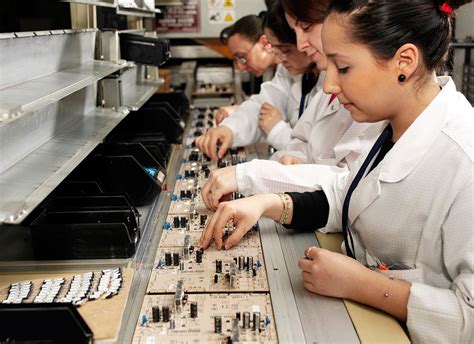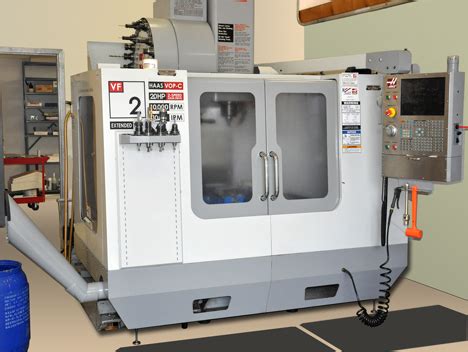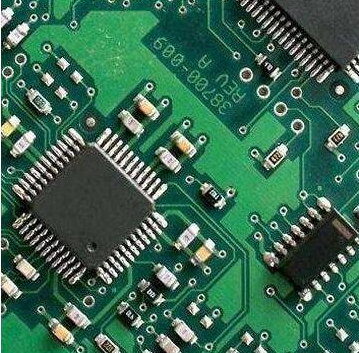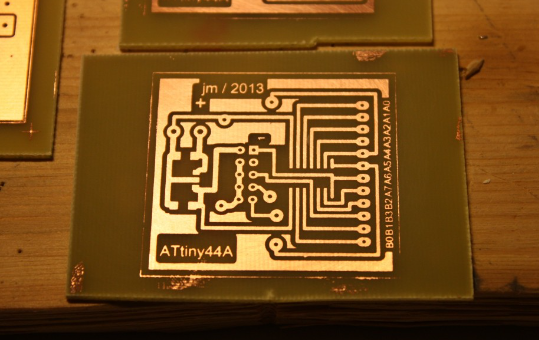Top Electronics Assembly Companies Driving Innovation and Quality

Key Takeaways
The electronics assembly industry is at the forefront of technological advancement, with leading companies continually striving to enhance efficiency and quality. The evolution of pcb assembly processes, for instance, has been pivotal in ensuring that devices are not only produced faster but also with greater precision. Understanding the different components of pcba (printed circuit board assembly) is essential for stakeholders aiming to stay competitive.
By integrating cutting-edge technologies such as automation and AI into their workflows, these companies are not only improving operational efficiency but also redefining what is possible in electronics manufacturing. For example, the adoption of predictive analytics has enabled manufacturers to anticipate equipment failures before they happen, thus minimizing downtime and maximizing production output.
Additionally, a robust quality assurance framework separates the top players from their counterparts. Companies that implement rigorous testing protocols and real-time monitoring systems ensure that each pcb assembly meets exalted standards, thus reinforcing their market position.
"In a landscape where precision is paramount, staying ahead requires a commitment to quality at every step of production."
By focusing on innovation and upholding high-quality standards, these electronics assembly companies are not only driving their success but also shaping the future direction of the industry as a whole.
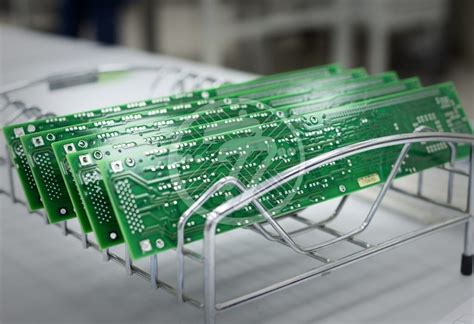
Introduction to Electronics Assembly: Importance and Impact
Electronics assembly plays a critical role in the modern manufacturing landscape, serving as the backbone for a wide range of electronic devices we rely on daily. From consumer gadgets to complex industrial machines, effective pcb assembly processes ensure that components are accurately integrated to create reliable products. The significance of this field is underscored by the rapid advancement in technologies and the increasing demand for high-quality electronics. As the industry evolves, companies engaged in pcba processes are at the forefront, embracing innovative practices that enhance both productivity and quality.
One of the primary impacts of electronics assembly is its contribution to sustainability. By optimizing pcb assembly techniques, companies can minimize waste and reduce environmental footprints while maintaining high standards of performance. Additionally, collaborative approaches within the supply chain foster agility, enabling quicker responses to market changes and customer demands.
To illustrate the importance of effective electronics assembly, consider a typical production environment where various components such as microcontrollers, sensors, and circuit boards are meticulously assembled. This complex orchestration not only highlights precision but also showcases how pcba facilitates seamless integration across diverse applications.
| Key Components | Description |
|---|---|
| Microcontrollers | Manage operations within devices |
| Sensors | Gather environmental or positional data |
| Circuit Boards | Serve as a foundation for electronic connections |
Through comprehensive quality assurance practices in pcb assembly, leading manufacturers ensure that each component meets stringent standards, ultimately delivering a superior product to consumers. By elevating best practices and fostering innovative solutions within this industry, electronics assembly companies significantly impact technological advancement and consumer satisfaction. The emphasis on quality during pcba processes not only builds trust with customers but also paves the way for future growth in a rapidly changing market landscape.

Criteria for Selecting Top Electronics Assembly Companies
Selecting the right electronics assembly companies is crucial for ensuring high-quality production and innovative outcomes in the fast-evolving electronics industry. One of the primary criteria is technical expertise in PCB assembly (Printed Circuit Board Assembly). Companies that excel in this area often demonstrate advanced capabilities in engineered solutions and manufacturing processes, which help them to efficiently translate designs into tangible products. Another vital factor is quality control standards, where top firms employ systematic approaches to maintain impeccable quality throughout their production lines. This includes rigorous testing protocols and certification processes to ensure that their pcba (Printed Circuit Board Assembly) meets industry standards. Moreover, a commitment to sustainability is increasingly important, with leading companies adopting eco-friendly practices that minimize waste and reduce environmental impact. Additionally, strong customer service and collaboration capabilities play a significant role; companies that prioritize communication with clients tend to build better partnerships that lead to innovative product developments. Lastly, companies staying ahead of technological trends through ongoing research and investment in new technologies often secure a competitive edge. By focusing on these criteria, firms can identify the leaders in the electronics assembly sector who are not only driving innovation but also delivering durable and reliable products to market.

Leading Companies Revolutionizing Electronics Assembly
In the rapidly evolving landscape of electronics assembly, several key players have emerged as leaders in the field, each playing a crucial role in driving innovation and enhancing quality. These electronics assembly companies are not only adept at pcb assembly but are also pioneering advancements in the manufacturing process, ensuring that they remain competitive in a global market. They leverage state-of-the-art technologies to improve their pcba operations, focusing on automation and efficiency to optimize production processes. By implementing rigorous quality assurance practices, these companies can minimize errors and ensure that their products meet high standards. The fusion of cutting-edge technology with strong strategic planning allows them to respond adeptly to market demands while pushing boundaries in design and functionality. As they continue to invest in research and development, these leaders are setting new benchmarks for what is possible in electronics manufacturing, thereby shaping the future of the industry. Their unwavering commitment to both innovation and quality distinguishes them as paragons of excellence within the field.
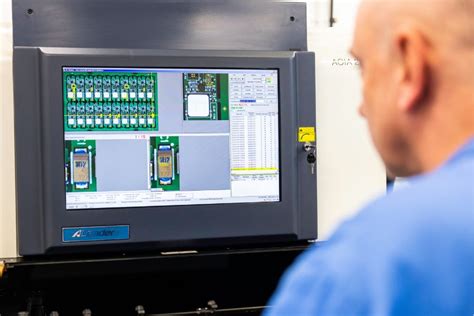
Innovations in Technology Across the Industry
The landscape of electronics assembly has undergone remarkable transformations in recent years, driven by advancements in technology and the increasing demand for efficiency and precision. One of the pivotal innovations impacting this industry is the integration of automation technologies, such as robotic arms and automated inspection systems, which enhance both speed and accuracy in pcb assembly processes. As companies embrace Industry 4.0 principles, the implementation of IoT (Internet of Things) solutions has become commonplace, facilitating real-time monitoring and data analytics to optimize production workflows. Additionally, smart manufacturing techniques promote adaptability in assembly lines, allowing for rapid responses to changing consumer needs without compromising on quality.
Furthermore, advancements in materials science have led to the development of more reliable components that not only mitigate thermal issues but also improve the overall performance of assembled products. Leading players in the pcba sector are increasingly adopting environmentally friendly practices through technological innovations that minimize waste and energy consumption during production. These developments not only bolster productivity but also adhere to sustainable guidelines, reflecting a broader commitment within the industry to social responsibility.
This convergence of cutting-edge technologies allows electronics assembly companies to set new benchmarks in quality while paving the way for future advancements that promise even greater efficiency and innovation across the sector.
Quality Assurance Practices that Set Companies Apart
In the highly competitive landscape of electronics assembly, particularly in pcb assembly and pcba, the implementation of rigorous quality assurance practices is essential for distinguishing leading companies from their counterparts. These practices often involve a combination of advanced testing methodologies, meticulous inspection processes, and consistent adherence to international standards, which ensure that products not only meet specifications but also fulfill customer expectations. Key techniques include automated optical inspection (AOI), X-ray inspection, and functional testing, which collectively enhance the reliability of assembled products. By integrating real-time data analytics into their operations, companies can track performance metrics and identify potential defects early in the production process. Furthermore, fostering a culture of continuous improvement encourages teams to seek innovative solutions to quality challenges. This commitment to excellence not only protects brand reputation but also boosts customer loyalty as clients increasingly prioritize suppliers who can deliver high-quality, dependable assemblies. Ultimately, those organizations that focus on maintaining stringent quality control measures within their pcba workflows not only set themselves apart but also contribute significantly to the overall advancement of the electronics manufacturing sector.
Case Studies: Success Stories of Industry Leaders
In the rapidly evolving world of electronics, numerous electronics assembly companies have distinguished themselves through innovative practices and exemplary quality in their PCB assembly and PCBA processes. One notable success story is that of a leading company that implemented advanced automation technologies to streamline their production lines. By integrating sophisticated robotics systems, they enhanced efficiency and significantly reduced the time required for assembly without compromising on quality. Their commitment to incorporating state-of-the-art testing methodologies has resulted in a dramatic decrease in defect rates, thereby elevating the overall reliability of their products.
Another exemplary story comes from a firm heavily invested in research and development (R&D). This organization has pioneered several proprietary techniques in PCB assembly, allowing them to create complex electronic components that meet the demanding specifications of both consumer electronics and industrial applications. Their strategic partnership with technology innovators has driven novel solutions that minimize material waste while maximizing production efficiency.
These case studies highlight how strategic investments in technology and adherence to rigorous quality assurance practices enable electronics assembly companies to not only meet but exceed customer expectations. Such success stories serve as benchmarks for the industry, illustrating how innovation in PCBA processes can yield both operational excellence and sustained competitive advantage. As these companies continue to redefine industry standards, they play a crucial role in shaping the future landscape of electronics manufacturing.

Future Trends in Electronics Assembly Manufacturing
As technology continues to advance, the electronics assembly sector is undergoing significant transformation driven by the integration of cutting-edge methods and materials. One prominent trend is the increasing use of automation and robotics in pcb assembly, which enhances efficiency and precision while reducing costs. Companies are investing in sophisticated machinery that can perform complex tasks with minimal human intervention, leading to higher throughput rates and improved quality control. Another key trend is the emphasis on sustainability; many leading firms are adopting greener practices within their PCBA processes, including eco-friendly materials and energy-efficient production techniques. Smart manufacturing concepts, such as the Internet of Things (IoT) and Artificial Intelligence (AI), are also gaining traction, allowing for real-time monitoring and data analytics that optimize production lines for better cycle times and waste reduction. Additionally, as electronics become more compact and complex, firms are focusing on advancements in microelectronics, paving the way for innovative products that meet modern consumer demands. These trends not only enhance operational capabilities but also position electronics assembly companies to respond swiftly to dynamic market conditions and evolving customer expectations.
Conclusion: The Path Forward for Electronics Assembly Companies
As we look ahead, it is clear that electronics assembly companies play a crucial role in shaping the future of manufacturing, particularly in the realm of pcb assembly and pcba processes. These organizations are not just building components; they are ushering in a new era defined by innovation, sustainability, and efficiency. With the rapid advancement of technology, leading companies are increasingly adopting sophisticated automation techniques and advanced materials that enhance production capabilities while maintaining high standards. The ongoing commitment to quality assurance has become a hallmark of successful firms, ensuring that they meet evolving consumer demands and regulatory requirements. As ubiquitous connectivity and the Internet of Things (IoT) become integral elements of everyday life, pcb assembly practices will need to adapt to accommodate smaller form factors and more complex functionalities. Therefore, the path forward for these companies lies in their ability to embrace change while fostering collaboration across various sectors. By investing in research and development, prioritizing workforce training, and leveraging data analytics, electronics assembly firms can secure their positions at the forefront of innovation. Ultimately, it is this resilience and adaptability that will determine their success and influence in an increasingly competitive global market.
Conclusion: The Path Forward for Electronics Assembly Companies
As we look ahead, the landscape of electronics assembly is poised for transformative changes driven by both technological advancements and evolving market needs. The integration of pcb assembly techniques alongside innovative materials and processes has positioned top companies at the forefront of this evolution. Embracing automation and smart manufacturing practices has become essential for maintaining quality standards while enhancing operational efficiency. Furthermore, the demand for customized solutions has prompted these firms to adopt agile manufacturing strategies, ensuring they can adapt to the rapid pace of change in consumer electronics. Companies that consistently prioritize quality assurance will not only build stronger reputations but also secure long-lasting partnerships in a competitive market. As the industry navigates future challenges, collaboration between manufacturers and technology developers will be crucial in shaping a sustainable path forward for pcba operations, reflecting a commitment to innovation and excellence. Thus, the journey toward enhanced capabilities and efficient production processes remains vital in defining the future landscape of electronics assembly.
FAQs
What is the significance of pcba in electronics assembly?
PCBA stands for Printed Circuit Board Assembly, and it plays a critical role in the functionality of electronic devices. The assembly process involves the integration of various electronic components onto a PCB, which is essential for creating complex electronic systems that are foundational to modern technology.
How do I choose the best electronics assembly company?
When selecting an electronics assembly company, consider factors such as their expertise in pcb assembly, quality assurance practices, cutting-edge technology used in their processes, and their ability to innovate. Reviews and case studies about their past projects can also provide insight into their performance and reliability.
What types of technologies are used in modern PCBA?
The latest pcb assembly technologies include surface mount technology (SMT), through-hole technology (THT), and automated assembly processes that significantly enhance precision and efficiency. These innovations have transformed the speed and quality of production cycles, allowing companies to meet market demands effectively.
How does quality assurance impact electronics manufacturing?
Quality assurance is pivotal in the electronics manufacturing industry. It ensures that every step of the pcba process meets stringent industry standards, thereby reducing defects and enhancing customer satisfaction. Companies that prioritize quality tend to outperform others by delivering reliable products consistently.

